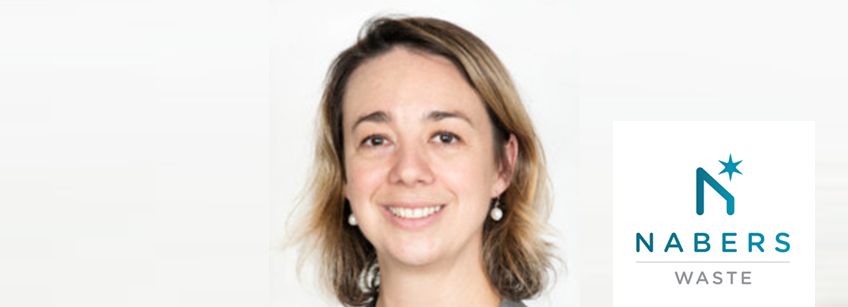Beyond the waste land: NABERS Waste provides new insights for resource recovery

Since the new NABERS Waste rating tool launched last June, 15 buildings have achieved ratings and dozens more are in the pipeline. We checked in with NABERS Waste Manager Karinne Taylor for a progress report.
“In just nine months, we’ve tripled the NABERS Waste ratings in the market, and I’m confident we’ll hit 30 ratings by the end of 2019,” Karinne says.
NABERS Waste measures and scores how well office buildings manage waste generation and recycling and helps compare them to an industry benchmark. The rating is driven by a new online platform which tracks data month to month, converts waste data into useful management insights, and calculates a NABERS rating of up to six stars.
“This ongoing tracking approach is a natural next step for NABERS, and we are excited to see where it might go,” Karinne says.
Twelve months of data is required to achieve a NABERS Waste rating. And with 65-plus buildings set-up on the NABERS Waste platform, already receiving those insights, Karinne says market uptake is likely to accelerate rapidly.
Major portfolios including The GPT Group, Dexus and Frasers have completed the process and disclosed ratings so far. Property NSW is collecting data from 19 buildings and testing so that it can be used more broadly across NSW government agencies. The NABERS Waste team is optimistic that their strong initial support will translate into further ratings.
But this is just the start.
The Office of Environment and Heritage (OEH), which administers the NABERS program, will be releasing an adjustment to NABERS Waste by mid-year. A “material recovery score” will better incentivise “circular economy” thinking, Karinne explains.
“At the moment, we rate whether the right bins are on site and whether people are putting the right materials into the bins – but that’s not the whole story for waste. We also need to know if that waste went to the right place.
“We are adjusting the rating to reflect this, which means industry will have another way to talk about the circular economy, stewarding waste, supply chain outcomes and risks,” Karinne says.
Karinne urges building owners and managers to start asking the big questions of their supply chains “to find out what the material turns back into at the end of its useful life”.
NABERS Waste’s success will rest on its ability to support data reliability, transparency and credibility, Karinne adds.
“BBP members are accustomed to seeing granular, reliable data about energy and water and using that data to drive efficiencies and improve performance. But waste is not as regulated as energy and water.
“NABERS Waste provides standard specifications for input data that you can then take to your waste contractor and ask them to report back. You can compare building performance and understand what’s happening on site.”
After 15 years working in sustainability and product stewardship, Karinne believes good waste management signals a company’s sustainability commitment to its customers.
“If you don’t have a handle on your waste management, people won’t believe you are sustainable because waste is a very visible touch point.”
